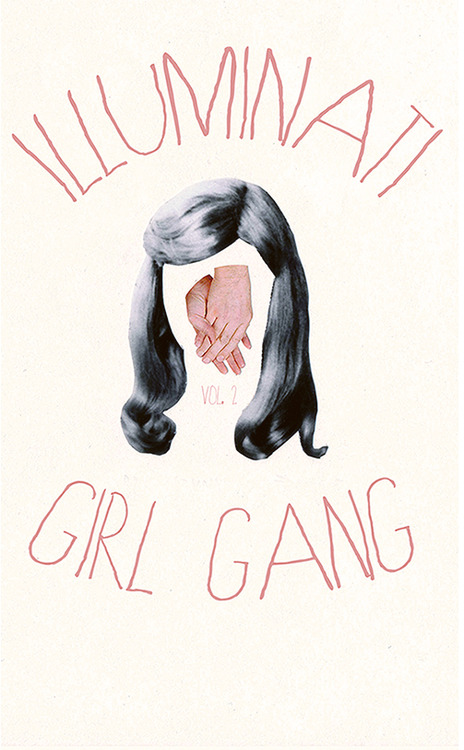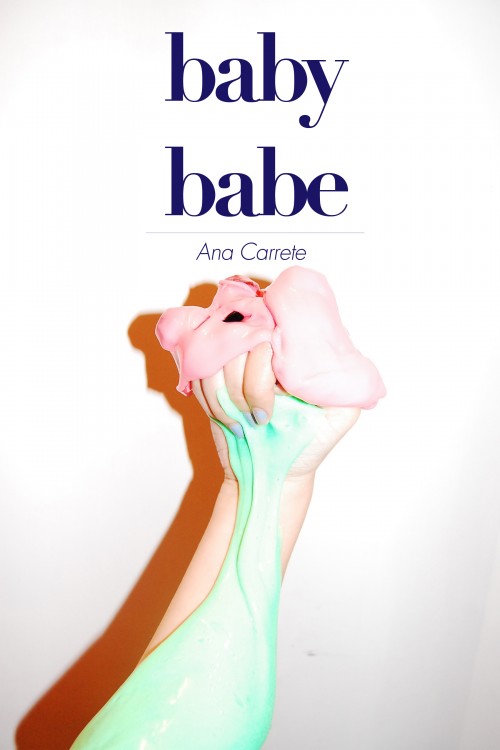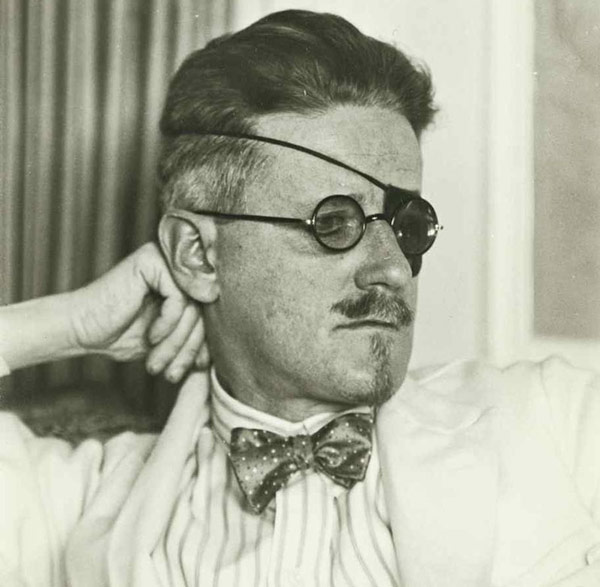Illuminati Girl Gang Vol. 2
The second issue of the all-female literary zine Illuminati Girl Gang, edited by Gabby Gabby, is online, featuring work by Luna Miguel, Roxane Gay, xTx, Mira Gonzalez, Cassandra Troyan, Maggie Lee, Ashley Opheim, Natalie Chin, Carolyn DeCarlo, Bunny Rogers, Alice May Connolly, and more.
25 Points: 20 Lines a Day
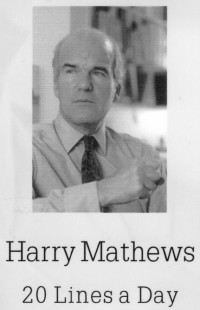 20 Lines a Day
20 Lines a Day
by Harry Mathews
Dalkey Archive Press, 1988
134 pages / $10.95 buy from Dalkey
1. In the fifth floor of the library, I picked the book up, read what the premise was, and thought resentfully, “What a bunch of bullshit, this looks boring, look how anything gets published.” I didn’t know who Harry Mathews was yet. Years ago.
2. “You never have earned the right to sit at the table and let someone else clear away the dishes. No accumulation of knowledge can guarantee that you aren’t a fool. The roast is over-cooked. You slice bread for the seven-hundredth time and cut off the tip of your left forefinger. You touch her as coarsely as any boor, being now the boor. You meet an old friend, you have forgotten his name, you cannot look him in the face: not looking him in the face, you wound him and you start lying to him and to yourself. Go off and sulk and complain and explain why it happened. It won’t help. Instead, be an actor, or an athlete, on stage, on the field, giving–as you once eagerly proposed to yourself–everything to the perishable act.”
3. “I have nothing to write in particular, I’m writing these lines because of my rule that I must write them.”
4. Some writers set quotas, others set routines, some set both, and some (the scriptomanic ones for whom procrastination is not a threat) set neither. A page a day (Paul Theroux); 50,000 words in a month (NaNoWriMo); two hours every morning (W.S. Maugham); 20 minute blocks (Cory Doctorow); at least a sentence a day (W.G. Sebald); pre-dawn (Paul Valéry, Jacques Roubaud); etc.
5. “Whatever I write tells my story without my knowing it.”
6. “Let no thought pass incognito, and keep your notebook as strictly as the authorities keep their register of aliens.” (Walter Benjamin, “One Way Street,” Reflections)
7. “Sometimes the ultimate message is in fact received. It reads, more or less: ‘Your ligament issues from a spa that is given various narcissisms at various time-tables: lozenge, credulity, goggles. And not only your ligament (and that of others): the prodigy that generates mayday has the same orthography. You and the upkeep are one. Give up sugarbowls.’ At such moments you realize, and you remember, that such messages have never been lacking, and that they are all the same, and that the problem (if that is the word) doesn’t involve receiving but deciphering what is received again and again, day after day, minute after minute.”
8. There’s an implicit link between 20 Lines a Day and the next novel Mathews would publish, The Journalist (1994). One sees how the method Mathews followed for 20 Lines is adopted as a fictional premise and device for The Journalist.
9. “Anxiety about writing feels like: I am poor in words, ideas, and feelings, and when I sit down to write, this poverty will be revealed.”
10. “The table is a beautiful thing. The writing board is supported on a base consisting of two tubular legs shaped like narrow inverted U’s, with a tubular foot running across the mouth of each U, projecting about thirty centimeters beyond it on either side. The legs are connected to the board by an adjustable parallelogram made of bone-shaped pieces of flat metal. The knobs of the bones are pierced with pivotal studs that hold the sides of the parallelogram together. Two strong springs, to hold the angles in place, maintain pressure against two other springs fixed just below the board. A single lever controls this disposition and locks the board in place. Changing the angles of the parallelogram permits one to alter both the height and angle of the board in one movement. Board, parallelogram, legs and feet are white; springs, studs, and lever handle are black.” READ MORE >
October 25th, 2012 / 9:09 am
25 Points: Lew Welch
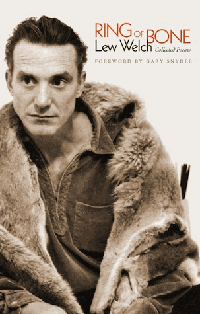 Ring of Bone: Collected Poems
Ring of Bone: Collected Poems
by Lew Welch
City Lights Publishers, 2012
252 pages / $17.95 buy from City Lights
1. I’ve been reading Lew Welch for some 20 odd years. First I read Edgar Allen Poe, Allen Ginsberg, Walt Whitman, Hawthorne, Thoreau et al and then I found out about Kenneth Rexroth, Gary Snyder, and Lew Welch. (I heard of Philip Whalen too but he took a while longer for me to dig)
2. Welch met Whalen and Snyder when all were students together @ Reed College in Portland, OR on lawns where I once threw a Frisbee (was it?) several years ago with my pal Jeffrey Butler and his son Austin. And then a couple years later went back to see the JESS show. Lately I’ve been avoiding phone calls. I only talk to my mom. I owe Jeffrey Butler up in PDX a good long chat one of these days.
3. When I read Lew Welch I often think about Robinson Jeffers (and vice versa)
“I’m the ghost Roan Stallion” – Lew Welch
4. Both Leos, we’re born August 16th
LEO MENAGERIE
Sunnylyn Thibodeaux, Lew Welch, and me.
5. “You know Lew always CRIES when he reads and it will ruin the evening.”
–Joanne Kyger. http://jacketmagazine.com/27/w-kyge.html
6. David Highsmith gave me a broadside, “Raid Kills Bugs Dead” for my birthday one year. It’s up in our bathroom. This tag-line, ad copy throwaway, now emblazoned in millions of modern day minds, is attributed to Welch from his 9-5 Chicago workadays.
7. Huey Lewis of Huey Lewis and the News is Welch’s step-son. He sang Welch’s “Graffiti” with his mother in the audience @ SF Public Library. Dig it: http://youtu.be/N5diFN_Gpx4
8. Welch walked off with his gun never to be seen again.
9. Tall and lanky with a bursting head of red describes Lew Welch as if he was a good looking woman.
10. Before any poet bothers to write a poem concerning problems of rat infestation they should be familiar with Welch’s “Buddhist Bard Turns Rat Slayer” especially if they consider themselves to be Buddhist and are a “professor” in the Bay Area. READ MORE >
October 24th, 2012 / 6:38 pm
25 Points: Last Exit to Brooklyn
 Last Exit to Brooklyn
Last Exit to Brooklyn
by Hubert Selby Jr.
Grove Press, 1964
320 pages / $7.95 buy from Powell’s
1. Finished on C train from Bronx to Bed-Stuy.
3. People of Last Exit (they are people, not so much characters): pimps, widows, trannies, fairies, strikers, scabs, bullies, gang members, factory workers, MPs, doggies, fathers, policemen, mothers, prostitutes, sons, convicts, daughters, addicts, the confused, the disadvantaged, the struggling, everyone poor, everyone violent in some way. No one this reviewer knows is violent.
5. “She tilted her head toward the radio and listened to the hard sounds piling up on each other, yet not touching, wanting to hold Vinnies hand, the strange beautiful sounds (bennie, tea and gin too) moving her to a strange romance where love was born of affection, not sex; wanting to share just this, just these three minutes of the Bird with Vinnie, these three minute sour of space and time and just stand together, perhaps their hands touting, not speaking, yet knowing…just stand complete with and for each other not as man and woman or two men, not as friends or lovers, but as two who love…these three minutes together in a world of beauty, a world where there wasnt even a memory of johns or punks, butch queens or Arthurs, just the now of love…” Note: Ellipses are in text, not of this reviewer’s hand.
7. People drink beer or gin. Whisky is not overly mentioned.
8. “A cigarette only takes a certain amount of time to smoke and though this takes time it seems to take less and less with each one and you can only smoke so many, there comes a time when you have to stop, when you just cant light the next one…at least not for awhile.”
9. People bump into corners of desks on accident. Then they move on.
10. Last Exit was first published in 1957. Selby was 29. He died in 2004. The year today is 2012. READ MORE >
October 17th, 2012 / 9:11 am
Ana Carrete’s “Baby Babe”
I want to trumpet the arrival of Ana Carrete‘s debut book of poetry and drawings, Baby Babe, published by Civil Coping Mechanisms next month.
What to expect? Ana’s poetry plays with words. Her poems play with themselves. That sexual double-entendre is appropriate and typical of her work. The word “come” is always euphemistic in Ana’s poetry. Sex is on the brain, and the brain is a clever, punning, playing one, with a wry sense of humor. The twenty-five-year-old girl-woman who writes these poems is rarely without her sense of humor, even when it’s grim.
October 16th, 2012 / 10:06 pm
25 Points: The Killer Inside Me
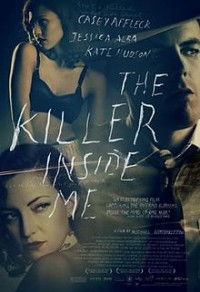 The Killer Inside Me
The Killer Inside Me
by Jim Thompson
Vintage, 1991
256 pages / $14.95 buy from Powell’s
1. Lou Ford is a small town sheriff who kills people in extremely gruesome ways (though the language chosen to describe it is subdued).
2. He strikes everyone in town as a moron, and somehow when he starts killing this makes it all the more irksome.
3. Stanley Kubrick called it “probably the most chilling and believable first-person story of a criminally warped mind I have ever encountered.” And he was correct.
4. The novel’s author, Jim Thompson, was known as Dimestore Dostoyevsky, which is also correct.
5. Lou Ford takes a lot of baths and reading this in a hot bathtub is very difficult.
6. Jim Thompson is one of the most intriguing figures to ever write a story about a killer and—unlike most—he does it best in the first person.
7. The ending will probably make you wish you were still in the thick of the narrative, which is either a sign of the novel’s excellence or an observation that ending something this strange and unconventional is not-fucking-easy.
8. Lou Ford takes to bashing around a hooker named Joyce Lakeland, who likes it a great deal and encourages him to keep coming back.
9. Casey Affleck stars in a film rendition of this book that recently came out and although it’s pretty spot on I think you’ll find when reading that some things just cannot translate.
10. Though the convention of the cops being on the killer’s tail plays a part in this book you’re hardly on the edge of your seat wondering about the morality being discussed here; this is, more than anything, a work of art by an artist before it is a poorly-crafted slice of genre fiction. READ MORE >
October 16th, 2012 / 9:09 am
Everything is Beautiful and We Bother Because We Need To: On Lit Journals
This is in response to Mike Kitchell’s recent piece “Everything is fucked and why do we bother,” (damn, that title looks bleak in isolation) questioning the need for so many lit journals; for historical precedent note last year’s ToBS round in which Melissa Broder deemed being editor-in-chief of a lit journal more akin to being “editor-in-chief of a blogspot,” which, maybe I would amend that to Tumblr, but still a worthy invective for our day and time, in which lit journals elicit such teeth-gnashing blog post titles as Mr. Kitchell’s, to say nothing of such statements at large…. READ MORE >
I Am Prepared to Read Many More Novels About People Fucking
I haven’t read Sheila Heti or Ben Lerner’s recent novels, the impetuses for Blake Butler’s recent, anti-realism-themed Vice article, but I’d like to respond to Blake’s finely-written itemized essay, because I, personally, continue to desire novels written by humans, which relate, slipperily or not, to human reality—subjective, strange and ephemeral as it is–novels which deal with such humdrums as sex, boredom, relationships, Gchat, longing, and, beneath all, death. I want a morbid realism.
I agree with Blake that a reality show like The Hills and social media such as Facebook create stories by virtue of humans doing simply anything. The documenting, sharing, and promoting of mundane everyday human life is more prevalent and relentless than ever before. In this environment, literature (and movies) about humans (most controversially, about privileged, white, hetero humans) that presents everyday drank-beers-at-my-friend’s-apartment life, wallows in self-pitying romantic angst, and doggy paddles po-faced through mighty rivers of deeply profound ennui can potentially seem annoying, or boring, or shittastical.
Leaving Hawaii: An Interview with Heiko Julién
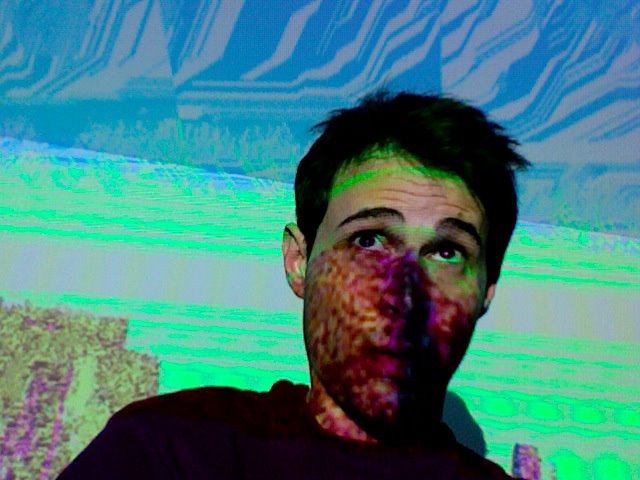
OK, interview. (interview is beginning)
(swallows gum)
I am listening to Riff Raff “Rice Out” on repeat, for context.
I am currently broke.
(Irony)
Cool. I am wearing my brothers t-shirt and shorts and am on his computer at my parents’ house.
Nice.
He has soccer shorts but he doesn’t play soccer. He just likes to watch the players I guess.
What topics are on the table. Your ebook. Can we talk about Hawaii?
Wonder if he calls it Football. Not sure how authentic he is… Yes indeed we can [talk about Hawaii].
Sweet.
I have a lot to say about Hawaii.
Please talk about, Hawaii… READ MORE >
Why We Need Superheroes, or, A Parental Theory, or What Was Just A Review of Chronicle Before People Were Murdered While Watching The Dark Knight Rises
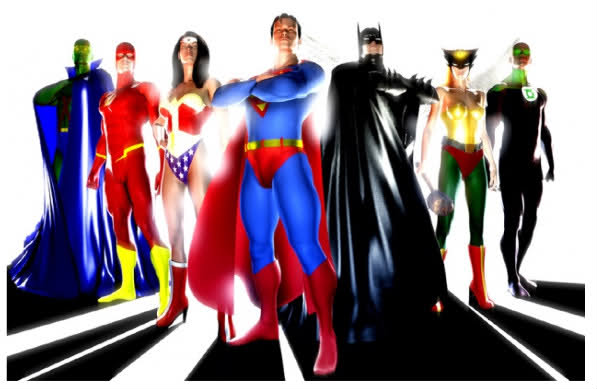
This July my wife, daughter, and I visited my family in California and on our return flight to Atlanta we met with a reprieve when our one-year-old fell into a deep sleep in our arms. She didn’t even wake when my wife had to use the bathroom and shifted the baby into my lap. I took this quiet opportunity to scan the movie offerings on those individual screens that some Delta flights afford passengers. The movie choices are not usually very good and the descriptions of the plots are vague, especially if you’re like me, and you hardly watch television and so remain ignorant when it comes to pop culture. I ended up selecting one of these vague choices, with an equally vague title. I didn’t know anything about Chronicle. The plot synopsis was something like “three friends chronicle their lives through a camcorder when suddenly everything changes.” I didn’t recognize the actors’ names, and I think that’s why I chose to watch it; I figured I’d try something completely unknown.
I got lucky with this choice. The movie is not very long (at 83 minutes it’s closer to the length of movies that I grew up on and not the typical two-hour epics that are common today), and I didn’t know when my daughter might wake, which would end my movie-watching experience. But she snoozed right through the whole thing, which afforded me the time to think about the ideas that coalesced in writing the first draft of what you’re reading. READ MORE >

